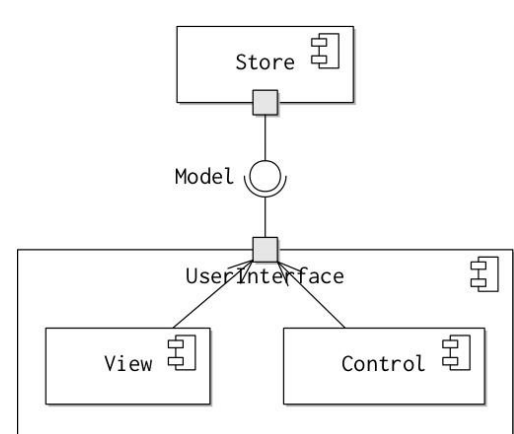-
Model: Represents the data and the business logic of the application. It manages the state of the application and handles data storage and retrieval from the database or any other storage mechanism.
-
View: Represents the UI of the application. It displays the data provided by the Model and sends user commands (e.g., button clicks) to the Controller. The View remains updated through a direct association with the Model, often using observer patterns to ensure that the UI reflects the current state of the Model.
-
Controller: Acts as an intermediary between the Model and the View. It listens to events triggered by the View and executes the necessary reactions to these events, which often involve calling upon the Model to change state or update data.
Key Characteristics:
- Separation of Concerns: Each component (Model, View, and Controller) has clear responsibilities, allowing them to be developed and updated independently.
- Component Interaction: The View and the Controller typically form the User Interface component, where the user’s interactions are handled and reflected.
- Flexibility in Interaction: The View can be updated by notifications from the Model when changes occur or by periodic polling, depending on the application’s requirements.
Adaptations in MVC:
- Model Retention in View: Sometimes, parts of the model that rarely change are retained in the View to reduce unnecessary updates and workload.
- User Interaction: The View and Controller deal directly with user inputs and can be designed to handle various interaction modes such as textual, graphical, or video interfaces.
Coupling:
- While MVC promotes separation, the View and Controller are often closely linked; changes in how data is controlled or presented can necessitate adjustments in the other.
This pattern is prevalent in many user-interface toolkits, which automatically enforce MVC conventions, reducing the need for developers to consciously think about the separation of concerns in their designs. However, understanding MVC is crucial as it influences the structure and behavior of software applications, ensuring they are more maintainable and scalable.
